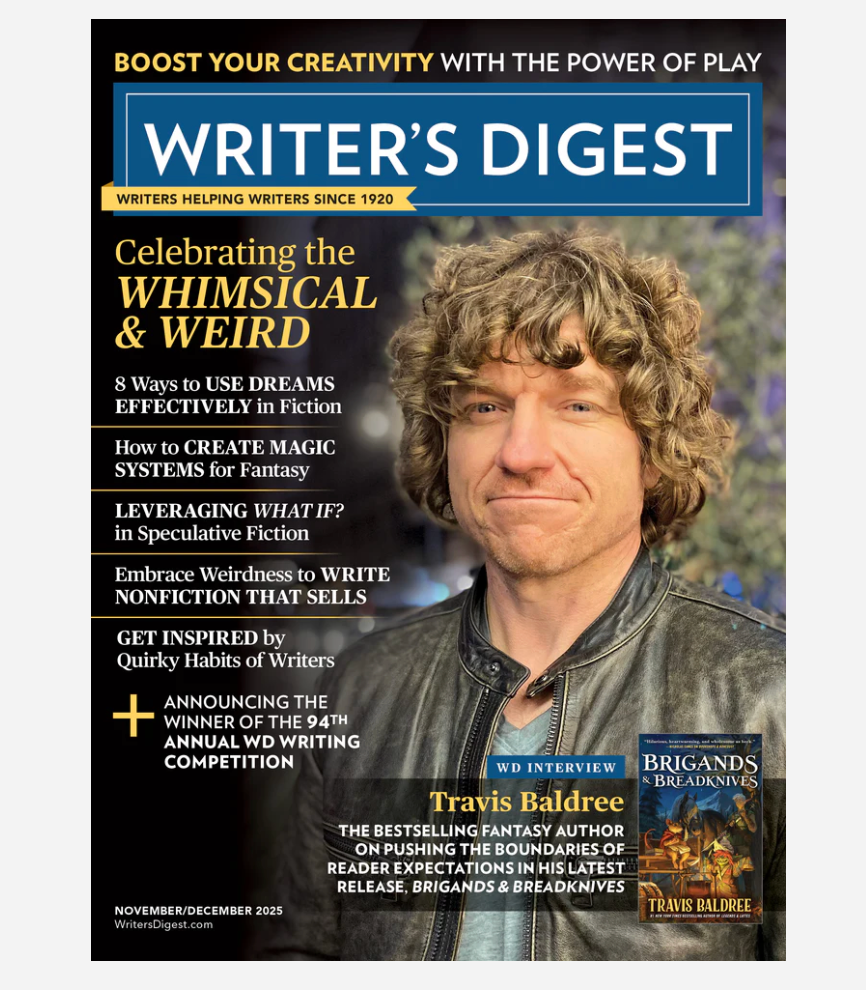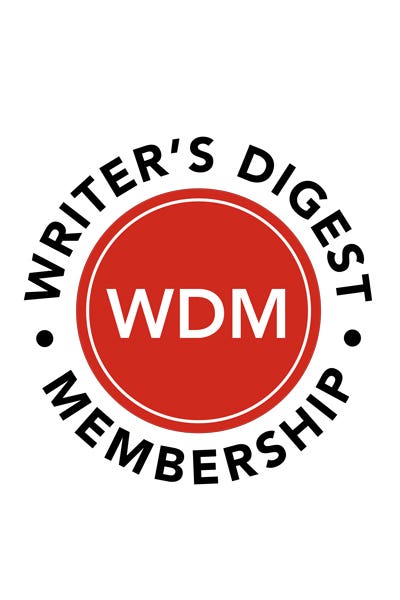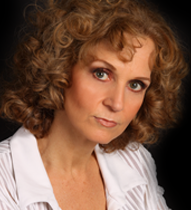Reading Like a Writer
I majored in English as an undergrad, and now I teach high school English, so I am pretty well-trained in squeezing an obscure meaning out of a text, finding the…
I majored in English as an undergrad, and now I teach high school English, so I am pretty well-trained in squeezing an obscure meaning out of a text, finding the symbols and the patterns and the metaphors. Sometimes I get so excited about the detective work of literary analysis that I need to be checked by a sarcastic comment from one of my students: “Dude, Ms. Morrison, how do you know that Poe meant all that?” “How do you know that wallpaper is supposed to reflect her growing madness? Maybe it��s just really ugly wallpaper?” “How are you so sure that potted plant is a symbol of the family’s dreams? Have you ever considered that maybe it’s just a potted plant?” I have to admit, they often make a good point.
Reading like a reader is an important skill, and there’s definitely a time and place for it—like, for example, in an English classroom or while reading a movie or restaurant review: you’re not interested in how the writer or filmmaker or chef got there; what you’re interested is the final product.
But when you join an MFA program, you have to become trained in the skill of reading like a writer. Instead of thinking about theory, you need to start thinking about process. You’re not looking at the work as a whole, but at why the author made the choices they made; choices about structure and point of view and pacing and characterization, etc. etc. etc. You’re not coming to a conclusion about whether a story works; what you want to know is why it works—and how you can get it to work for you.
I’ve had a few commenters ask if we are required to take literature courses in my MFA program, and the answer is yes, sort of. But they’re not called lit classes, they are called CRW—Critical Reading and Writing. This is where you learn to read as a writer. For someone who came from an English background, and who teaches English every day, this transition was really difficult for me. I had to be gently forced. But now I get it: writers don’t consciously decide, hey, you know what this story needs? A potted plant that is symbolic of the family’s wilting dreams. The process of storytelling, as we all know, is much more organic. So if you want to be a better writer, why worry about the stuff that only becomes clear after the story is finished?
There’s a clear difference between reading as a reader and reading as a writer, and there is a benefit to both methods. Learning the benefit has helped me immensely in my craft. Now when I read as a writer, I’m consciously asking myself, how did she do that? Why describe the neck as weak, instead of slender? Why use first person, when third person also might have worked? Why begin with this kind of telling? What is the pattern of scene to summary, summary to scene? And most importantly, what techniques can I now steal for my own writing?
How does reading like a writer inform your own practice?
Jane Friedman is a full-time entrepreneur (since 2014) and has 20 years of experience in the publishing industry. She is the co-founder of The Hot Sheet, the essential publishing industry newsletter for authors, and is the former publisher of Writer’s Digest. In addition to being a columnist with Publishers Weekly and a professor with The Great Courses, Jane maintains an award-winning blog for writers at JaneFriedman.com. Jane’s newest book is The Business of Being a Writer (University of Chicago Press, 2018).





